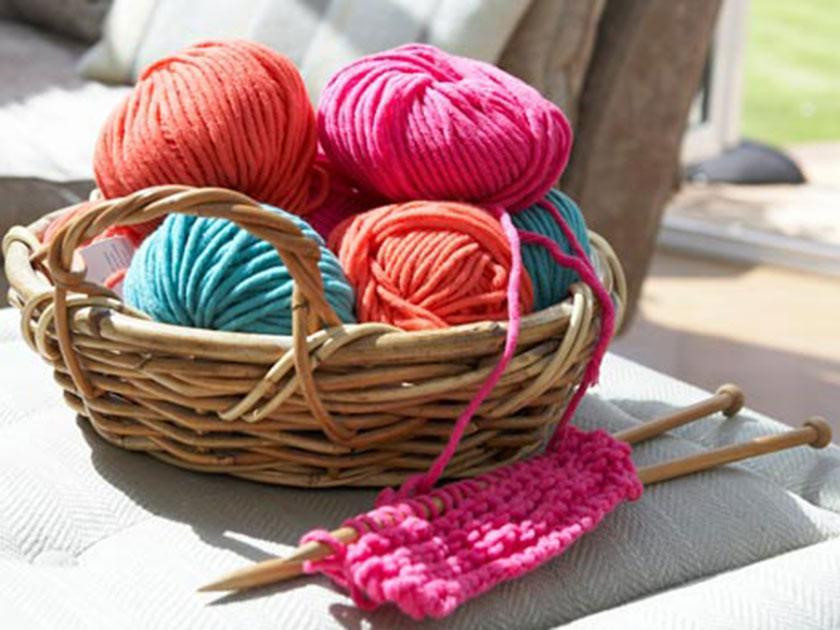How to choose a substitute yarn
Print
Knowing how to choose a substitute yarn is very important when it comes to knitting and crochet projects. Although there's a wide variety of yarns available nowadays, not all of them are classified by manufacturers to standard weight - like 4ply or double-knitting.
The yarns that are not classified are usually fashionable or fancy yarns, which are likely to be discontinued more quickly. What do you use for the pattern you like, when the yarn is no longer available and you need a substitute yarn?
To begin with, you need to identify thickness of original yarn.
The best indicator of this is the tension quoted in the pattern and size of needles used.
Below, we list standard tension of classic yarns, although these may vary from manufacturer to manufacturer:
4ply yarn is 28 stitches and 36 rows, to 10 x 10 cm, over stocking stitch, using 31/4mm needles.
Double knitting (DK) yarn is 22 stitches and 28 rows, to 10 x 10 cm, over stocking stitch, using 4mm needles.
Aran yarn is 18 stitches and 24 rows, to 10 x 10 cm, over stocking stitch, using 5mm needles.
Chunky yarn is 14 stitches and 19 rows, to 10 x 10 cm, over stocking stitch, using 61/2mm needles.
Even if the yarn is not classified, the above list would give you some idea as to the thickness of yarn by the tension used.
When choosing a substitute yarn, look for yarn that has similar fibre content: Wool for wool or cotton for cotton, where the standard tension is the same or comes close to the original tension.
For example, if the pattern states 30 stitches and 38 rows over stocking stitch, you may be able to use 4ply yarn for this, but using 3mm needles instead of 31/4mm.
Knit a tension swatch in the yarn that you intend to use. You may have to knit a few swatches, using different needles or even different yarns until the tension quoted in the pattern is obtained.
Yarn amounts may differ when using a substitute yarn. Practically all yarn information now quotes not only weight of balls, but also average length of ball on their ball bands. If the meterage figures are close, then the yarn amounts quoted will be the same.
However, if the meterage is different, you will have to do the following calculation.
Multiply the length of original yarn by amount of balls quoted. This will give you how much yarn has been used in metres. Divide this figure by the number of metres stated on the substituted yarn and that will give you the number of balls needed.

